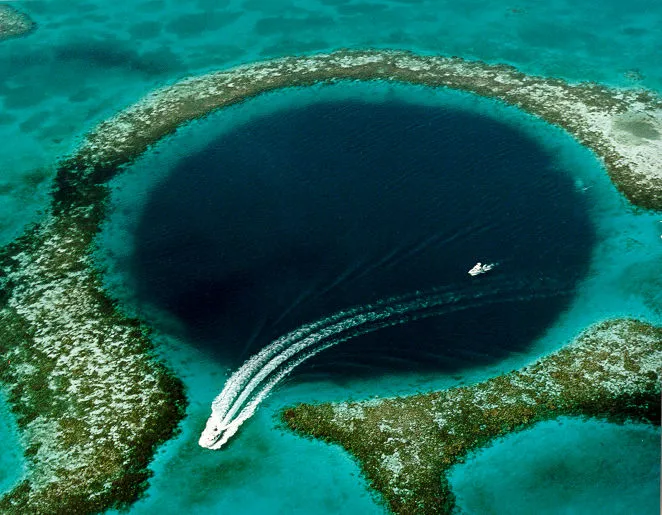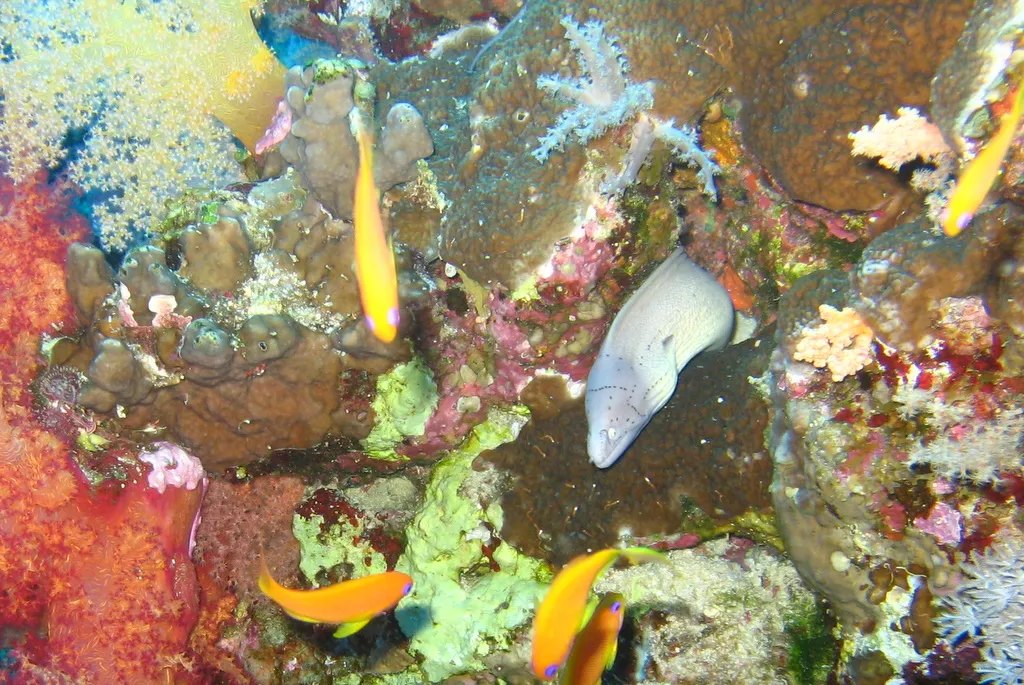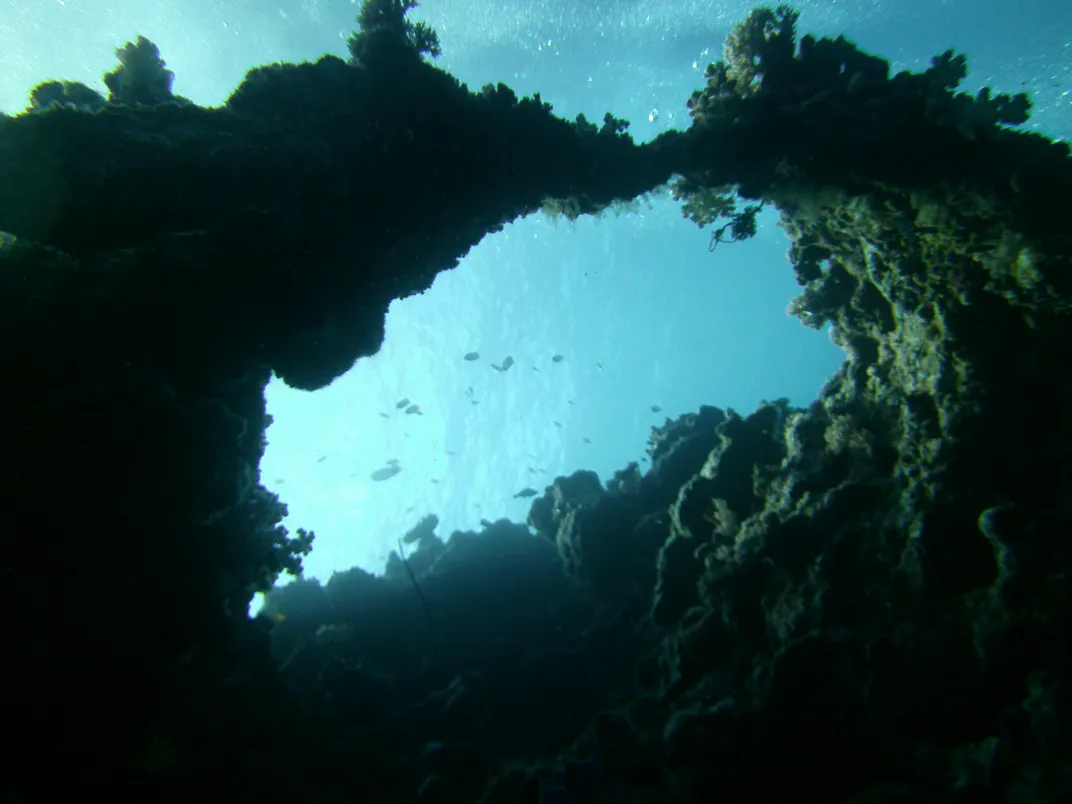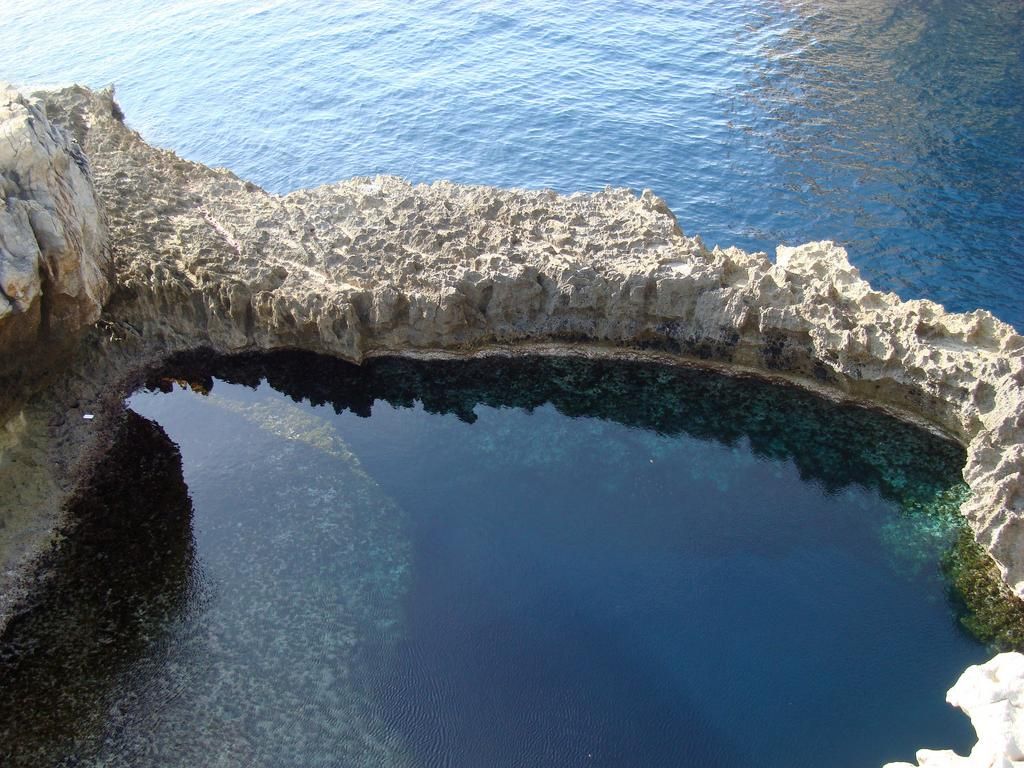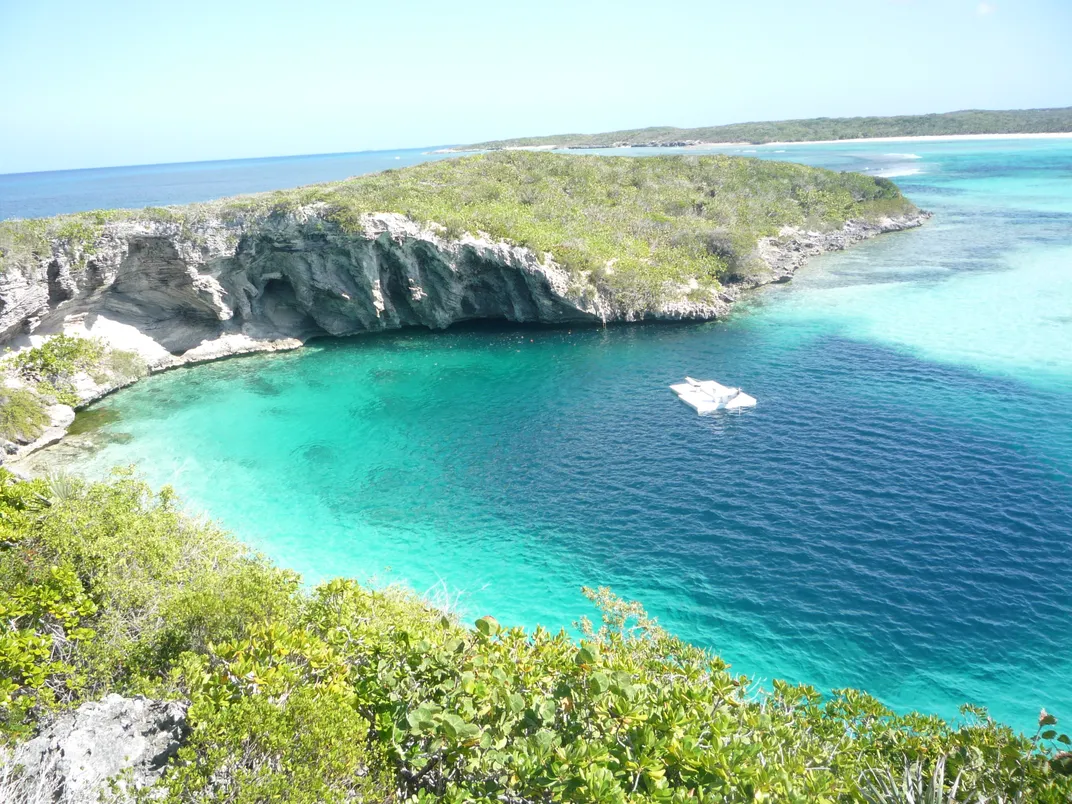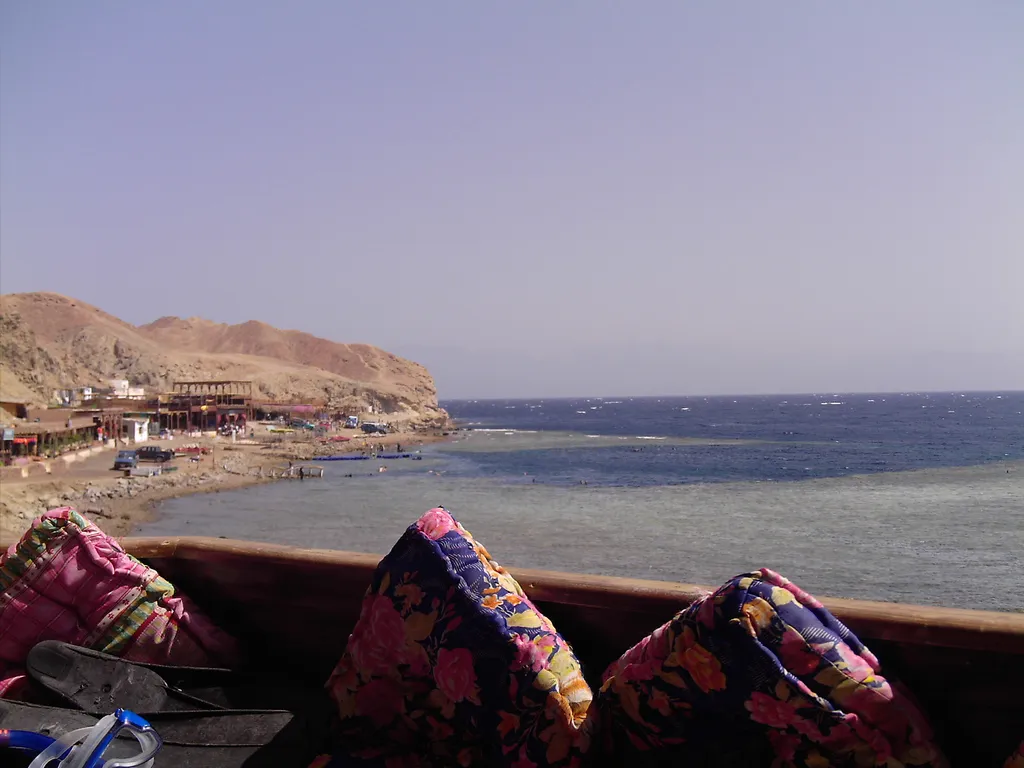Explore Some of the World’s Deepest Blue Holes
The Dragon Hole in the South China Sea is now the “world’s deepest” underwater sinkhole. Learn why these geologic wonders form in oceans around the globe
Researchers from the Sansha Ship Course Research Institute for Coral Protection recently discovered that the world's deepest blue hole is located in the South China Sea. Using an underwater robot dubbed "VideoRay Pro 4," they measured the depth of the sinkhole, known locally as a Longdong or the “Dragon Hole," in the ocean floor located in the Xisha, or Paracel Islands. At 987 feet, it beats the world’s current deepest blue hole—Dean’s Blue Hole in the Bahamas—by over 300 feet, China’s Xinhua news agency announced.
Blue holes, which form in oceans around the world, usually open up in soft rock like limestone. Over centuries, the rock dissolves, creating caves underneath the sea floor, reports Stephanie Pappas at LiveScience. Chemical reactions between freshwater and saltwater can cause chemical reactions that produce weak acids that may eat away the rock and cause blue holes to open in certain areas, Lisa Park Boush, a geoscientist at the University of Connecticut who studies blue holes in the Bahamas, tells Pappas. Microbes may also hasten erosion and the opening of a hole in the earth’s crust. The resulting hole, when seen from above, is much bluer than the surrounding water.
The Dragon Hole is so deep that it doesn’t seem to follow the same geologic processes as other holes. André Droxler, a professor of Earth science at Rice University, tells Nicole Orttung at The Christian Science Monitor that he thinks either tectonic activity or an unknown process created the Dragon Hole, and that its formation may reveal new insight into earlier geologic activity in the planet.
Researchers have so far found about 20 species of fish living in the upper reaches of the hole, the Xinhua Agency reports, though it is unlikely that anything lives in the lower half since there is almost no oxygen that deep.
Life in blue holes is a conundrum, Emily Hall of the Mote Marine Laboratory in Florida tells Orttung. Though the water is usually mildly acidic, researchers often find an explosion of life in and around them. That's one reason why scuba divers and snorkelers love blue holes.
The Great Blue Hole in Belize’s Ambergris Cay is one of the most popular dive destinations in the Caribbean, and Jacques Cousteau himself declared it to be among the best diving locations in the world, Alastair Bland reports for Smithsonian.com. The blue hole off of Egypts Sinai Peninsula near Dahab is also a star attractions for the scuba set, though it is also one of the most deadly dive destinations on Earth. It’s unlikely that the Dragon Hole will become a popular dive spot, however. Not only is it remote, the Paracel Islands are part of a hotly disputed area claimed by China, Vietnam and Taiwan.
